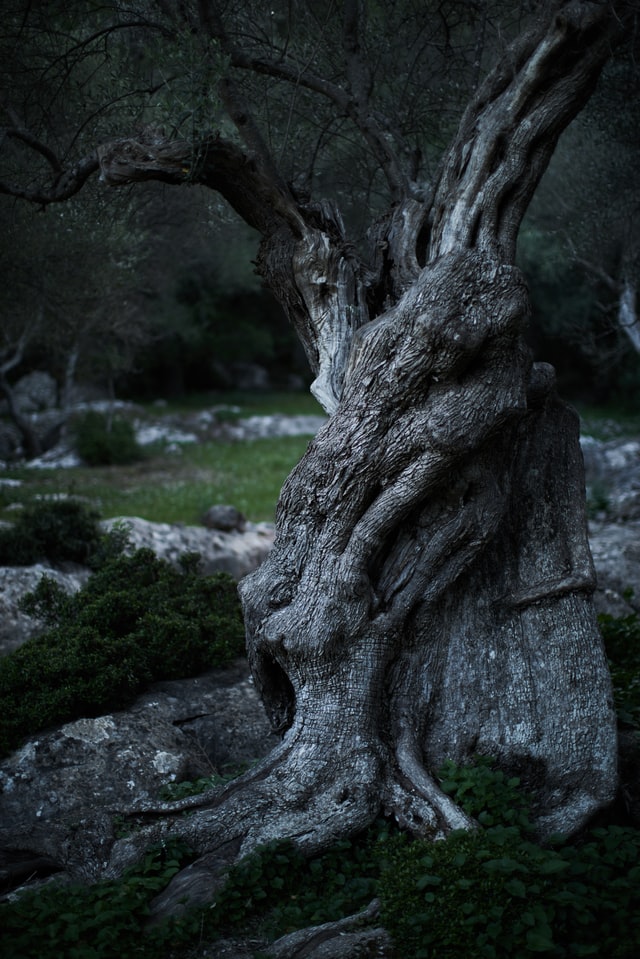Battle of the green great grandfathers

Having come across some interesting mature trees recently, I remembered Gran Abuelo, literally great-grandfather in Spanish, a 100-foot larch (or alerce) tree in Chile. Back in September, news reports said scientists thought Gran Abuelo could be world’s oldest living tree. If true, Gran Abuelo would be an astonishing 5,484 years old (or thereabouts) and would overtake Methuselah in California.
What monikers. Old trees really do have suitably venerable names. Once upon a time, there was Prometheus, a nearly 5,000-year Great Basin bristlecone pine in Nevada. It was sadly cut down a half-century ago.
Methuselah, also nearly 5,000 years old and also a bristlecone pine, is alive and well in eastern California.
And then there’s Gran Abuelo with its four-metre-thick trunk. Dr Jonathan Barichivich, the Paris-based Chilean scientist who estimates Gran Abuelo is very very old, is still in the process of trying to validate his findings.
It would be a very serious matter were Gran Abuelo to be crowned the world’s oldest tree. That’s mostly because to find a very old individual tree is harder than one might imagine. Often, a very old tree might be a clump, or as it is called, a clonal colony. That’s to say the whole organism may be very old but not any particular tree trunk.
Good examples of clonal colonies are found all over the world and the most spectacular are astonishingly old. The colony of aspen trees in Utah that covers more than a hundred acres is thought to be up to 14,000 years old. A colony of pine trees covering 2.5 acres in Tasmania is estimated at 10,000 years old. Compared to these, India’s green great grandfather – a banyan tree in Howrah, near Kolkata – is a mere stripling, at just a few hundred years old. But it is still considered pretty impressive, at least visually, with a 330-metre road built around its massive circumference.

